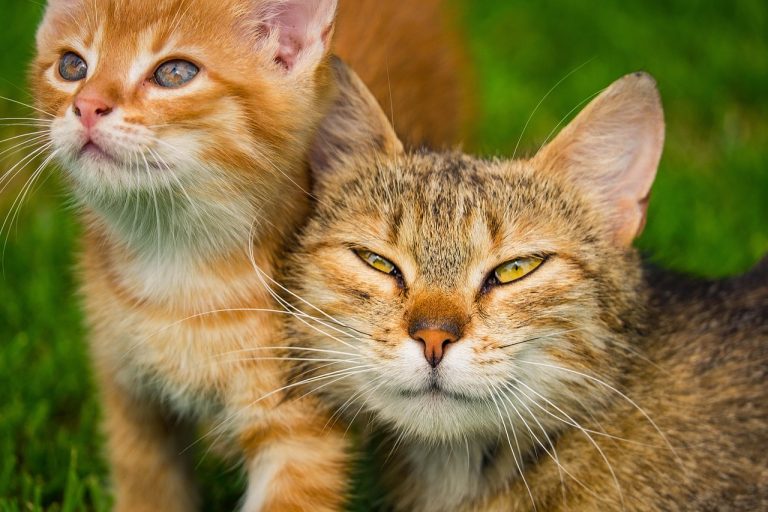5 Things to Know About Birmans
Birmans are beautiful blue-eyed cats with coats that don’t mat.

Thank you for subscribing to Petful Recall Alerts. You’ll now receive important pet food recall updates directly in your inbox based on your subscription preferences. You can update those in the footer of the emails we send you.
Birmans are beautiful blue-eyed cats with coats that don’t mat.

Kristine Lacoste has been researching dog and cat breeds for nearly a decade and has observed the animals up close at dog shows in both the United States and the United Kingdom. She is the author of the book One Unforgettable Journey, which was named as a finalist for a Maxwell Award from the Dog Writers Association of America, and was host of a weekly pet news segment on the National K-9 Academy Radio Show. In addition, she was the New Orleans coordinator for Dogs on Deployment, a nonprofit that helps military members and their pets, for 3 years. Kristine has researched and written about pet behaviors and care for many years. She holds a bachelor’s degree in psychology, another bachelor’s degree in English and a Master of Business Administration degree.
Learn more
Cats are full of surprises, from their powerful purrs to their ancient ancestry. Discover interesting facts about cats that reveal just how extraordinary and mysterious our feline friends truly are.

Allowing your surviving pets to “say goodbye” during pet funeral services might help them — and you — adjust to household changes after a pet’s death.

Tofu cat litter is a plant-based, eco-friendly alternative to traditional litter made from soybean byproducts. It’s biodegradable, low in dust, and naturally controls odor without harsh chemicals. This article explores its benefits, drawbacks, and whether it’s the right choice for your cat and home.

Tired of scattered litter and curious dogs getting into the box? A top entry litter box could be your perfect solution. Learn how these sleek, space-saving designs offer privacy for your cat and cleanliness for your home.

Tired of your dog raiding the litter box? We’ve got solutions! Discover our top 4 recommendations for dog-proof litter boxes designed to keep curious canines out. Say goodbye to messy mishaps and health concerns with these effective options.

A cat tree with a built-in litter box offers a smart, space-saving solution for cat parents. These furniture pieces combine vertical play space, lounging areas, and discreet litter box storage, perfect for smaller homes. They help meet your cat’s needs while blending seamlessly into your home decor.

Don’t leave your pet’s food safety to chance
Sign up for Petful recall alerts today.
Don’t leave your pet’s food safety to chance
Sign up for Petful recall alerts today.

